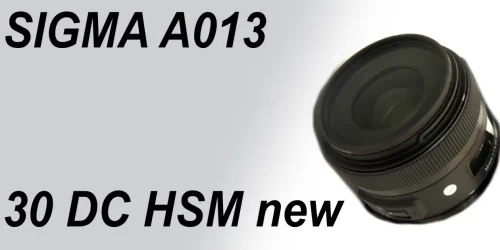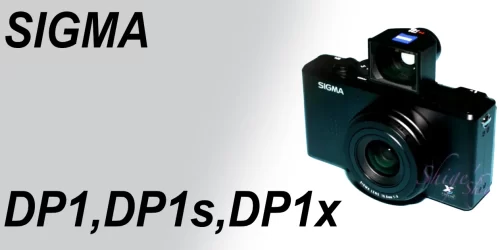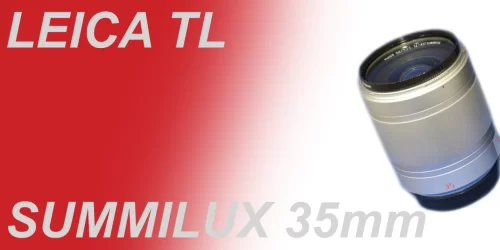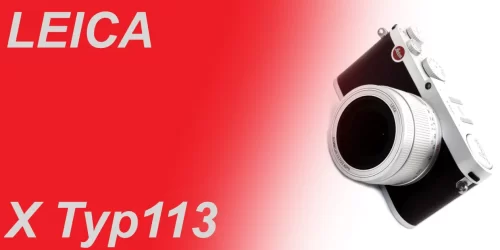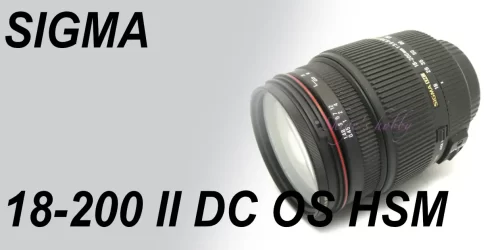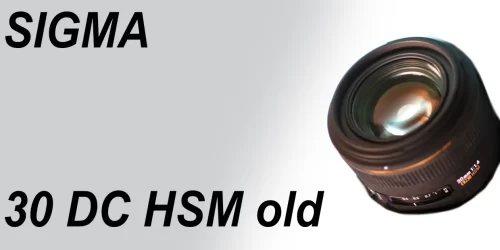PENTAX K20D
Samsung APS-C sensor digital SLR camera
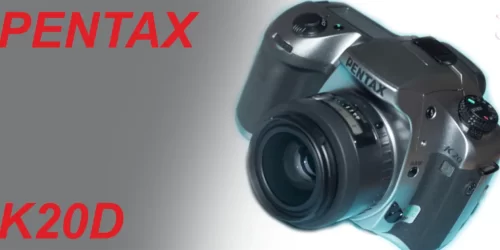
A review and photo examples of the PENTAX K20D single-lens reflex camera.
Table of contents
Gallery
- The lenses used in the photo examples are LEICA ELMAR 65mm and ULTRON 40mm SL.
Review
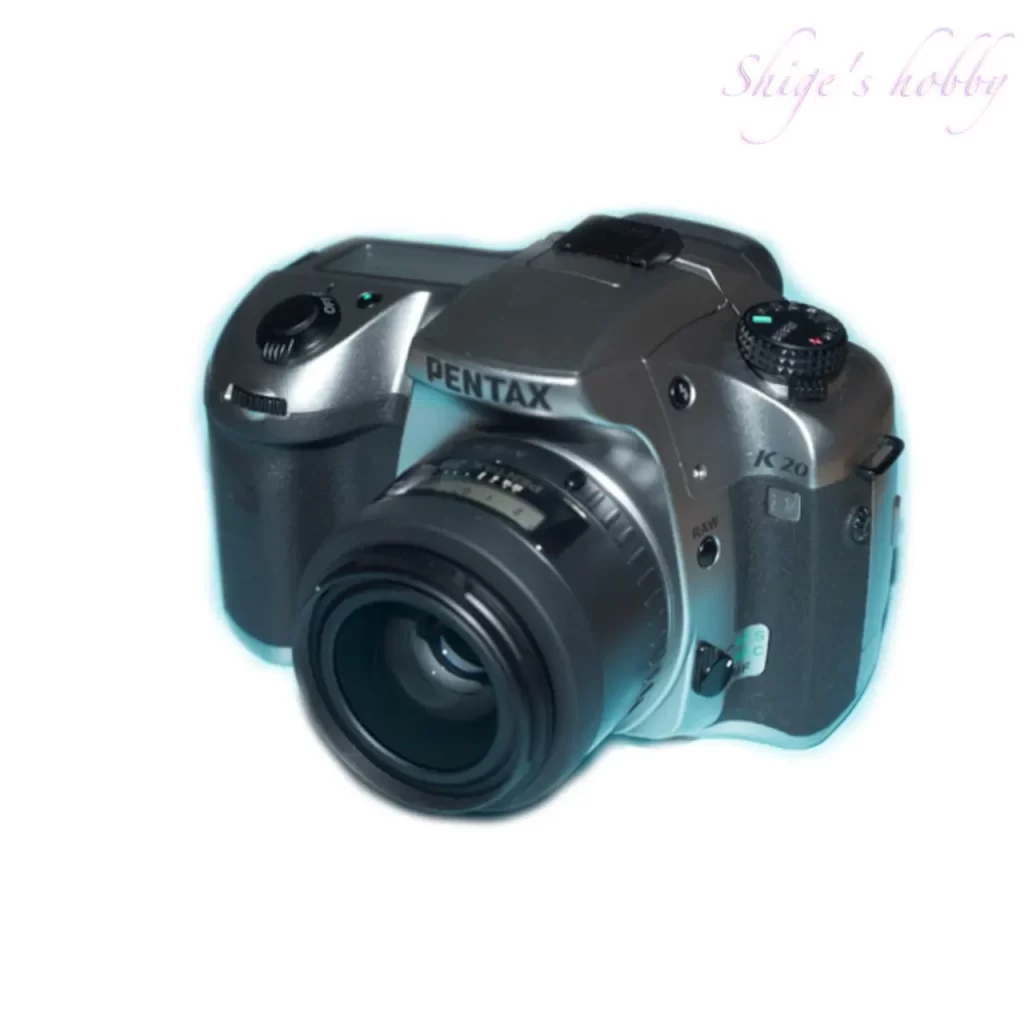
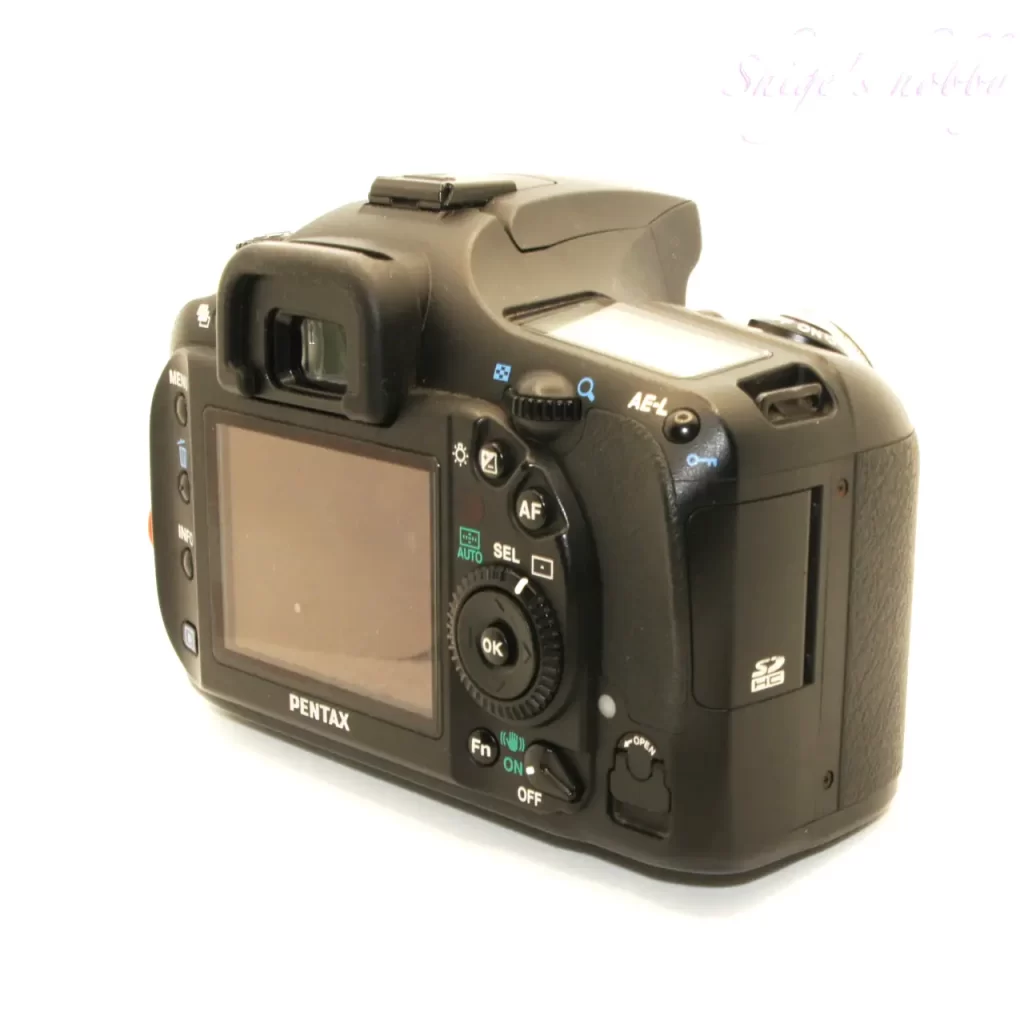
1.Overview
The PENTAX K20D was the last SLR camera released under the name of Pentax Corporation in 2008.
The K20D is a mid-range SLR camera that competes with popular-priced cameras with APS-C size sensors from other companies.
The image sensor, the heart of the camera, is equipped with a 14.6 megapixel APS-C size CMOS sensor (hereinafter referred to as the Samsung sensor) jointly developed by Samsung Techwin, Samsung Electronics, and Pentax, and is equipped with a sensor-driven image stabilization mechanism called Shake Reduction (SR), and Live View is available.
The battery is D-LI50, and is compatible with KONICA MINOLTA NP-400, SIGMA BP-21, and BP-22.
The continuous shooting speed is 3 frames per second, but it can shoot at 21 frames per second with fixed focus and aperture. This is just recording the image in Live View.
If you use an M42 mount lens, you will need to use the genuine PENTAX Mount Adapter K, which costs 4,200 yen.
2.Usage
The K20D has little time lag from powering on to starting shooting. Turning the rotary power switch to the right turns the camera on, and if you’re using an autofocus lens, you can start shooting right away. Turning it further to the right switches to live view mode, but as expected, the image processing is not sophisticated, and the live view is sluggish.
For manual focus lenses, if image stabilization is turned on, you are asked to enter the focal length, so even if the lens you are using remains the same, it is a bit of a hassle to have to press the OK button every time.
If you don’t need image stabilization, turning it off will make shooting smoother.
The captured images are relatively rich, and you can feel the quirks of not only Pentax’s image creation but also the sensor itself. In particular, when recording DNG and JPG (standard) at the same time, the difference in brightness between the two images is a bit confusing. DNG is recorded darker, and JPG is recorded with brightness 1 raised. Of course, you can create an image equivalent to JPG by increasing the exposure of DNG.
Since it is an intermediate model, it has an information display on the right shoulder of the camera, the memory card cover is equipped with a rotating lock, and a vertical grip is provided.
I have purchased this camera twice. The first time I purchased the titanium-colored K20D, I bought it to make use of the M42 lens, but the timing was bad. Since I purchased the SONY α900 with a 35mm full-size sensor that was released shortly after purchasing the K20D, it made more sense to use the M42 mount lens with the full-size sensor, so I used the K20D for a short period of time and sold it.
The second time, I purchased the regular black model because it was cheap on a flea market site. Manual focus lenses such as M42 lenses and KA lenses can be used with mirrorless cameras by using a mount adapter, so I purchased it purely because I wanted to reconfirm the capabilities of the K20D. After purchasing and using it, I found that it was worth more than the price, and it is a fun camera to shoot with with a snappy shutter.
The mount adapter K for using M42 lenses is out of stock on the official website as of January 2025. Compatible products from other companies are on sale. This adapter is relatively loose, so there is some rattling when the lens is attached, but this is the same with the original adapter.
3.Add info.
・Samsung sensor
This may be due to the immaturity of the image processing on the PENTAX side, but the noise in the captured images is high even among cameras of the same era, and even when shooting at low ISO, the noise stands out depending on the amount of light.
Since the 6-megapixel era, sensors of APS-C size or larger have been dominated by Sony and Canon, so I had high hopes for the depiction of the new manufacturer’s sensor, but the image quality did not seem to be much different from that of Sony and Canon at the time.
It is unclear whether there was a possibility that it would have blossomed if development had continued, but since then, no new large sensors have been developed by the alliance.
・PENTAX lens
Lens for PENTAX cameras, developed from the M42 lens, are available in four types: the manual focus bayonet mount KA mount, and the autofocus KAF, KAF2, KAF3, and KAF4.
The K20D is compatible with lenses up to the KAF3, except for the electromagnetic aperture operation of the latest KAF4. Be careful with the K100D, which is slightly older than the K20D, as the AF does not work when a KAF3 lens is attached. The K100D Super, a minor change version of the K100D, is compatible with the KAF3 lens, so you need to be careful when buying a used camera.
・PENTAX in the 2020s
PENTAX’s history began in 1919 as Asahi Optical Co., Ltd., and changed its name to Asahi Optical Co., Ltd. in 1938 and PENTAX Co., Ltd. in October 2002. On March 31, 2008, it was absorbed by glass giant HOYA Corporation and became the PENTAX Imaging Systems Division. After that, the camera business was transferred to Ricoh Co., Ltd. on July 29, 2011, and became Ricoh Imaging Co., Ltd.
The company organization seems to be stable, but the mirrorless camera is only the microsensor Q series, and the products have already been discontinued. There have been no releases of medium format sensor cameras since the 645Z, and there have been no announcements about the 35mm full-size sensor cameras K-1 and K-1 mark-II.
Currently, it seems to be exclusively focused on APS-C size sensors.
The PENTAX brand is trying to find a way to survive in a niche market in the camera industry, such as monochrome cameras and half-size film cameras, but from the outside it looks like it is struggling. There is also little synergy between PENTAX and its other brand, RICOH, so there are concerns about the future of Ricoh Imaging Co., Ltd.’s camera business.
As the company has a strong legacy, I hope to see products that will lead to the future.
仕様
| Items | K100D | K10D | K20D | K-7 |
| Number of Pixecls | 6.1 megapixels | 10.2 megapixels | 14.6 megapixels | 14.6 megapixels |
| Sensor type | CCD | CCD | CMOS | CMOS |
| Sensor size | APS-C | APS-C | APS-C | APS-C |
| Live view | × | × | ○ | ○ |
| Field of view | 95% | 95% | 95% | 100% |
| Image stabilization | Image sensor shift method | Image sensor shift method | Image sensor shift method | Image sensor shift method |
| Maximum frame speed | 2.8 frame / sec | 3 frame / sec | 3 frame / sec 21 frame / sec * | 5.2 frame / sec |
| Compatible Lens Mount | KAF2(Power zoom not available) KAF KA | KAF3 KAF2(Power zoom ?) KAF KA | KAF3 KAF2(Power zoom compatible) KAF KA | KAF3 KAF2(Power zoom compatible) KAF KA |
| Rear LCD | 2.5 | 2.5 | 2.7 | 2.7 |
| Rear LCD resolution | 210,000 dots | 210,000 dots | 230,000 dots | 230,000 dots |
| Battery | 2 CR-V3 lithium batteries 4 AA batteries (lithium batteries, nickel-metal hydride rechargeable batteries, alkaline batteries) | D-LI50 | D-LI50 | D-LI90 |
| Recorded media | SD SDHC | SD SDHC | SD SDHC SDXC | SD SDHC SDXC |
| Size(mm) W x H x D | 129.5 × 92.5 ×70 | 141.5 × 101 × 70 | 141.5 × 101 × 70 | 130.5 × 96.5 × 72.5 |
| Weight (g) *: Main unit only **: Battery + media | 560 * 635 ** | 710 790 | 715 800 | 670 750 |
| Release date | 2006.7 | 2006.11.30 | 2008.3 | 2008.7 |
| Company | PENTAX Corporation | PENTAX Corporation | PENTAX Corporation | HOYA |
| Color | Black | Blcak Grand Prix Package | Black Titan | Black Silver |
Options
Reference links
Update history
- 2025.1.7

